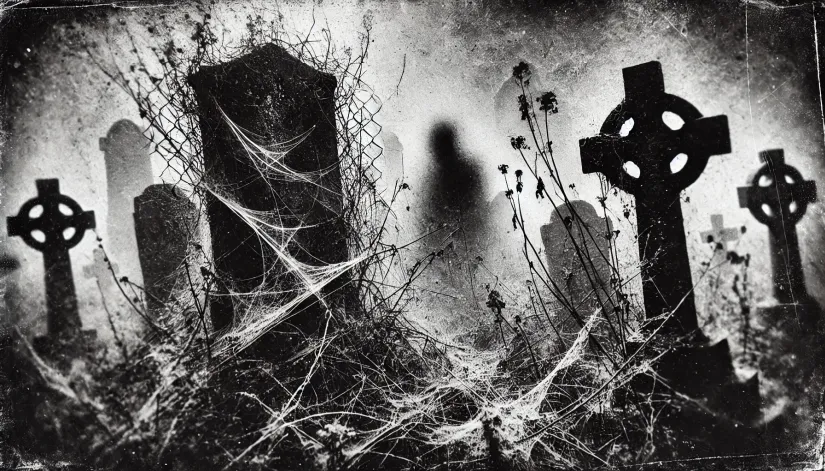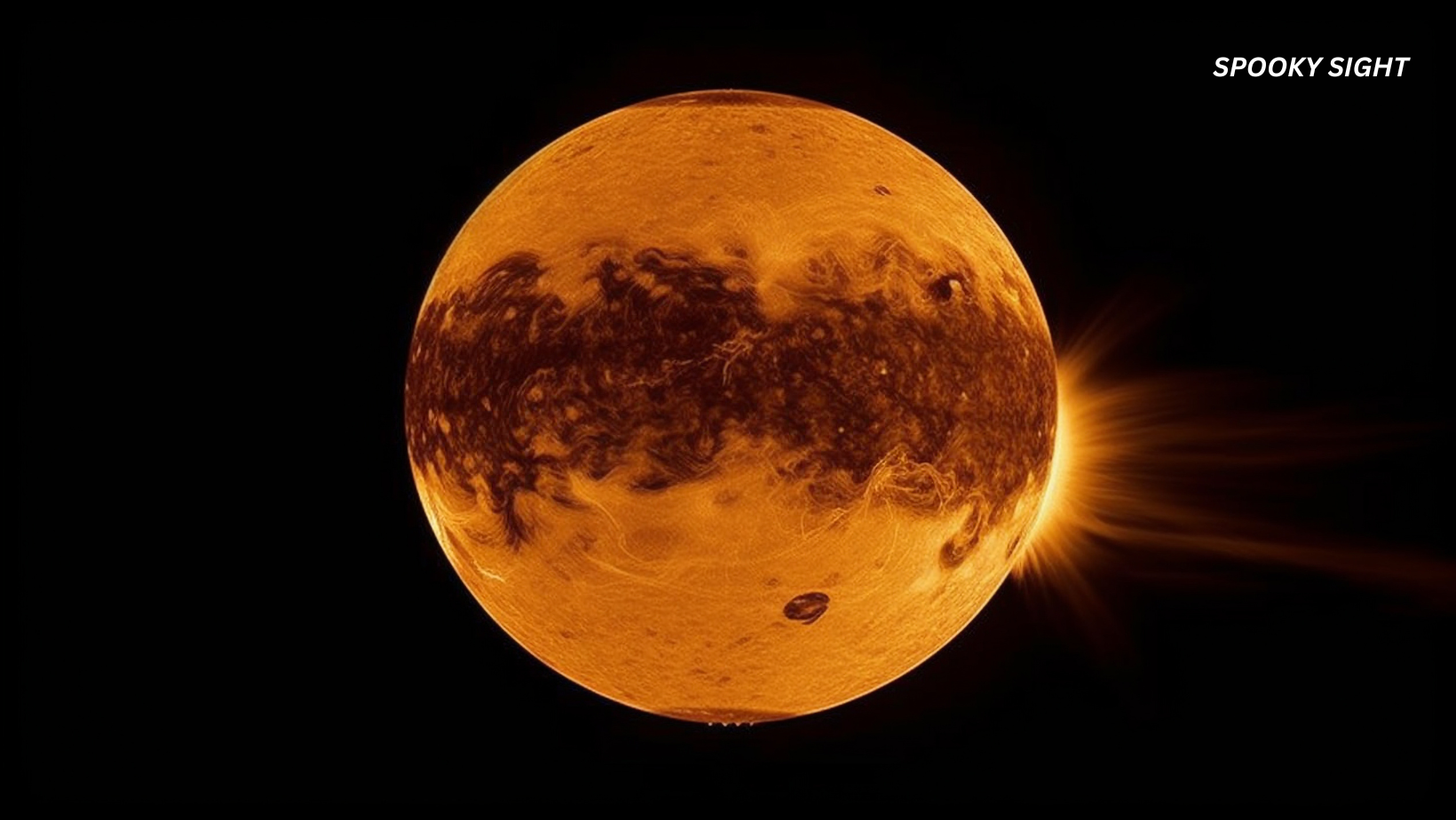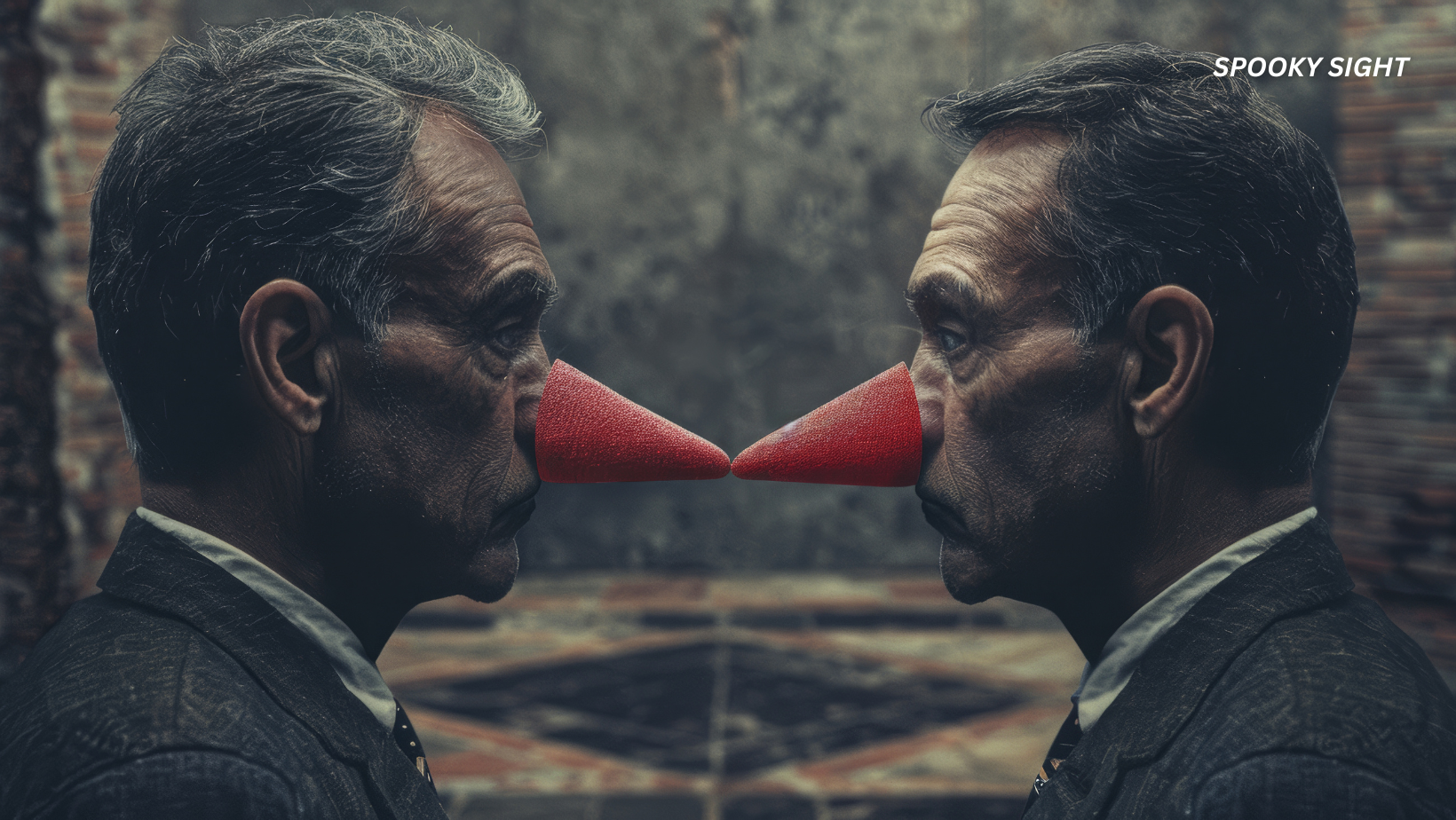When it comes to hauntings, residual ones are often the most intriguing. They don’t involve intelligent communication; instead, they play out like recordings of past events—a ghostly echo frozen in time.
But here’s the question: “Do residual hauntings fade over time?” I think they do. This particular type of haunting can lose strength over time, and some of these residual ghosts may even disappear entirely.
Here’s why that may happen:
In this article:
Why Do Residual Hauntings Fade Over Time?
One thing many researchers in the paranormal field agree on: residual ghosts tend to weaken over time. But why does this happen? A few theories might help explain it. Let’s break down the main reasons.
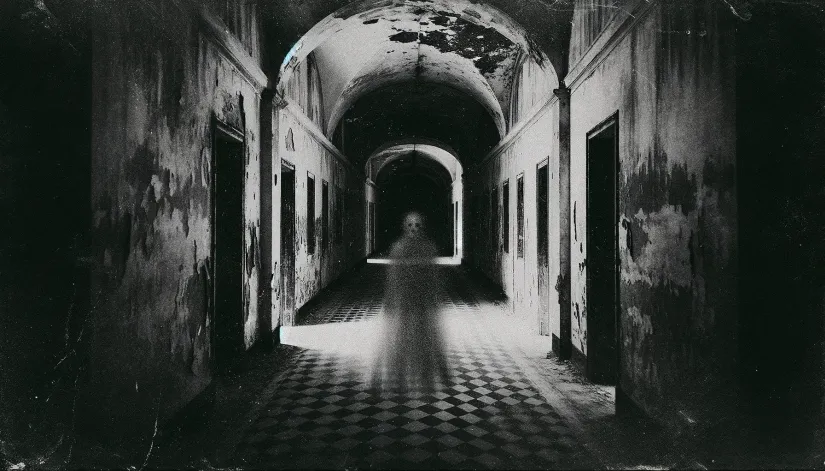
Energy Decay and Dissipation
This idea was popularized by parapsychologists like Hans Holzer in the mid-20th century. He believed that intense emotional events left behind energetic residue.
What does the Energy Decay theory say? It suggests that, much like any kind of energy, the imprint from a residual haunting gradually loses its strength. Like all ghosts, residual ghosts are, most likely, energy. Possibly created through intense emotional events.
Over time, this energy naturally dissipates—similar to how an old photograph fades. The imprinted energy might slowly weaken until it’s no longer perceptible. In simple terms, the echoes get quieter until they eventually disappear.
But let me tell you, the theory has its limits. Sure, it explains why a haunting might lose strength. And it may reinforce the idea that residual hauntings fade over time. Still, it doesn’t explain why some residual hauntings persist for decades (or even centuries). On the other hand, other residual ghosts simply vanish in just a few years.
Plus, the exact mechanism of how emotional energy imprints itself onto a location? Still speculative.
Lack of Reinforcement
Another idea is the so-called “lack of reinforcement concept.” This theory came about in the late 20th century, thanks to researchers like William Roll. He suggested residual ghosts are like conditioned responses—they weaken without reinforcement.
What does that mean? Simple. Residual hauntings might need occasional “energy recharges” to stick around. When no new emotional or traumatic events happen to replenish that energy, the ghosts eventually fade. It’s like a battery running out of charge without a new power source.
Simply put, the residual haunting’s intensity will fade over time if there’s no “reinforcement” by similar emotional conditions.
Related: Is Ectoplasm Real? Real Ghost Evidence or Mere Trickery?
I personally like this idea because it helps explain why places with constant activity—like asylums, hospitals, cemeteries, etc.—can keep their hauntings longer. Meanwhile, private homes might lose their ghostly echoes after a few generations.
However, it doesn’t fully explain why some hauntings stay consistent without any obvious reinforcement. Take, for example, the infamous Tower of London—a place where paranormal activity seems to endure regardless of changes or lack of emotional triggers.
Another notable case is the Queen Mary ship in Long Beach, California. People have reported strange phenomena here for decades despite its conversion into a hotel and popular tourist attraction. These examples show that some residual hauntings may not fade over time, even when the usual reinforcing factors aren’t present.
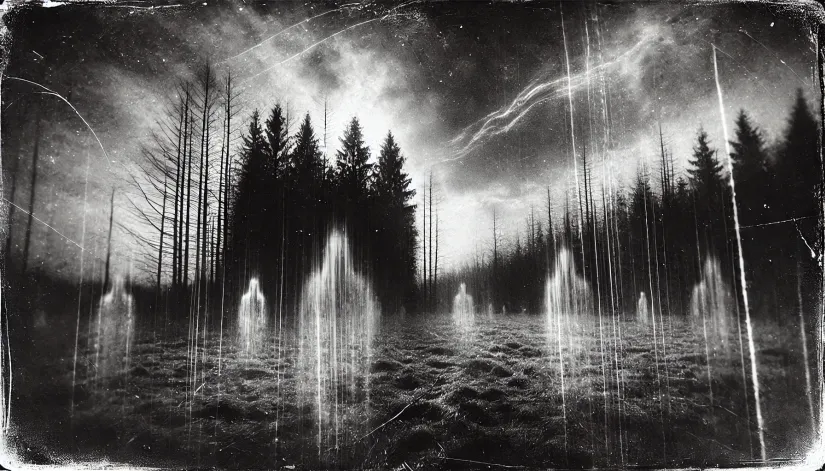
Shifting Geomagnetic Fields
A lesser-known but equally intriguing theory involves shifting geomagnetic fields. Some paranormal researchers believe geomagnetic fields can influence a residual haunting strength.
Following this logic, any changes in the Earth’s magnetic field—or even localized electromagnetic disturbances—might disrupt or weaken the energy of a residual haunting, causing it to fade.
This idea comes from Michael Persinger, a neuroscientist who studied electromagnetic fields and their effects on human perception. He suggested that localized geomagnetic anomalies could either amplify or weaken paranormal manifestations—basically acting as a modulator.
Unfortunately, this theory is not perfect either. While geomagnetic fields might explain fluctuations in ghost activity, they still can’t fully explain why some residual hauntings seem immune to these changes.
In other words, certain residual ghosts continue to manifest consistently regardless of shifts in electromagnetic conditions. This resilience suggests that factors beyond just geomagnetic influences are at play, possibly including the intensity of the original emotional event or other unknown environmental stabilizers that may stop residual hauntings from fading over time.
Environmental Changes
Then, there’s the environmental change theory. Physical changes to the site of a haunting—like renovation, demolition, or even minor modifications—can disrupt residual energy.
This may happen because residual ghosts are often tied to a specific place. Any significant change to that environment can disturb the “recording” and make the residual haunting fade over time.
Paranormal investigator Harry Price (who studied the Borley Rectory case) believed that environmental changes played a significant role in the presence of alleged hauntings. When the rectory was altered, much of the activity diminished. Renovations in historic buildings often lead to a decrease in ghostly events.
SpookySight note:
Residual hauntings fade over time, but this isn’t true for all types of haunting. Poltergeist or demonic activity? That’s much stronger and tends to stick around—or even get worse over time.
Examples of Fading Residual Hauntings
There are several well-known cases of residual hauntings that lost their energy over time. Borley Rectory (the one mentioned above) is one of these cases.
Known as the “most haunted house in England,” Borley Rectory hummed with paranormal activity—footsteps, ghosts, whispers, moving objects, and more. However, much of the alleged paranormal activity here stopped after a fire destroyed the rectory in 1939.
Of course, Borley is a controversial topic. That’s for sure. Some may argue that it wasn’t really a residual haunting case… but more of an intelligent haunting (or even a classic case of poltergeist).
Plus, some manifestations were clearly faked, which casts doubt on most reports.
Other more accurate examples of how residual hauntings fade over time include:
- Eastern State Penitentiary: Once a site of intense paranormal activity, including mysterious voices and shadowy figures, hauntings at Eastern State Penitentiary have faded, especially after it became a museum and underwent restorations.
- The Myrtles Plantation: Considered one of the most haunted homes in America, The Myrtles Plantation had reports of ghostly apparitions and footsteps. Recently, though, there’s been a reduction in residual activity, likely due to renovations and increased tourism.
- Gettysburg Battlefield: The residual hauntings at Gettysburg, known for ghostly soldiers, have reportedly lessened over the years. Environmental changes and upkeep of the grounds might have contributed.
- Château de Brissac: This French château was said to be haunted by the “Green Lady.” Over time, sightings decreased, possibly due to structural changes and restorations.
- The Whaley House: In San Diego, California, The Whaley House was once a hotspot for residual hauntings, like echoes of courtroom proceedings. However, residual activity declined as the neighborhood modernized and the house underwent restoration.
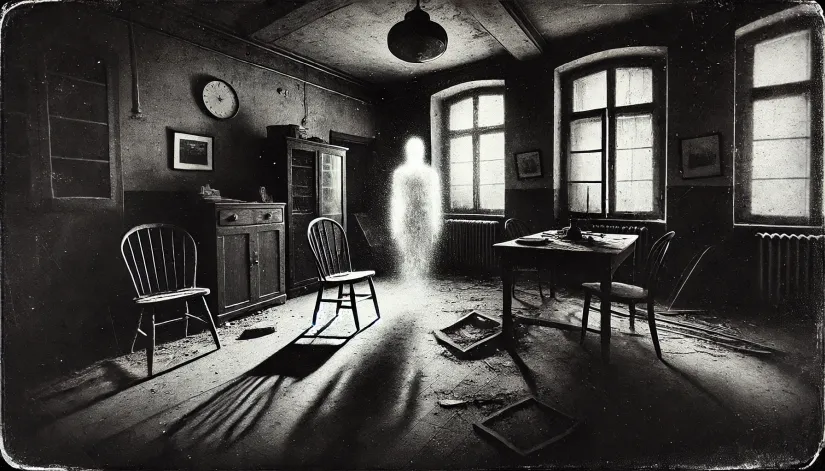
Can Residual Hauntings Be Revived?
So, can residual hauntings be revived? Honestly, I think not. Residual hauntings fade over time… and they don’t come back.
Sure, some still claim that if you return a location to its original state (or add new emotional energy), it might temporarily re-energize the haunting—but these effects never last. The residual ghosts’ energy just dissipates to a point where it can’t be perceived anymore (even with pro-level ghost-hunting gear).
This means many of today’s “most haunted places” might not be haunted in the next few decades. The energy fades, eventually.
And here’s something else. Residual hauntings tend to manifest within a specific timeframe. That’s why we can’t see ghosts from thousands of years ago—most residual ghosts are a few centuries “old” at most.
My theory? That’s most likely due to the energy decay past a point where we can’t perceive it anymore. Or, environmental conditions just change too much.

